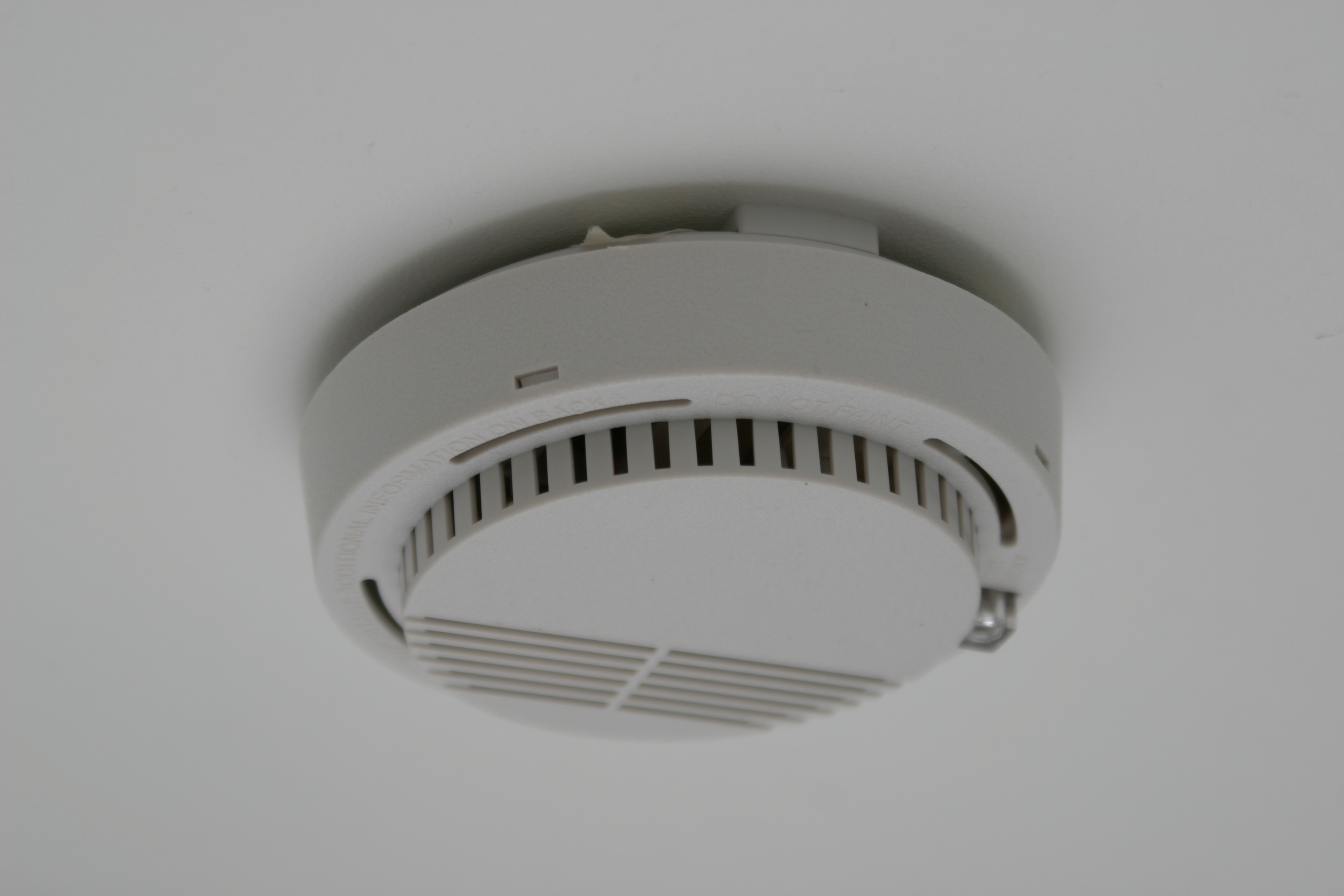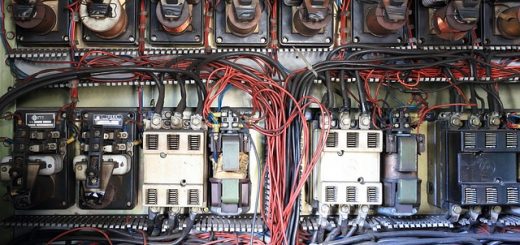Repair Tips for Water-Damaged Drywall
Water is known as one of the most common sources of property damage, and this is because there are so many ways that water can enter a property and cause harm. Water damage can happen because of natural events, such as heavy rain and natural floodingFlooding is the overflow or accumulation of water in areas t... More, but it can also occur due to internal issues, such as pipe bursts, sewage backups, and leaks. Knowing this, it is nearly impossible for any property owner to not have to deal with water damage at some point.
Water Damaged Drywall
When water enters a property, it will become absorbed by porousPorous describes a material that contains small openings or ... More building materials. Drywall is one of the most common building materials used in homes and other buildings. Drywall is made up of a sheet of gypsum that is sandwiched by two different papers. Because the exterior of drywall is made of paper, it is a porousPorous describes a material that contains small openings or ... More material that can suffer water damage. The damage can result in mere water stains, or it can cause bulging or warpingWarping is the bending, twisting, or distortion of materials... More.
In the event that your residential or commercial property has suffered water damage, then you need to be especially concerned about the drywall. You need to act as soon as possible to prevent the damage from worsening. The water will encourage moldMold is a type of fungus that grows in damp or humid conditi... More growth, which can occur within 24 hours of the initial water damage, so you will want to avoid that.
If your property has drywall water damage, continue reading to learn how you can identify water-damaged drywall, what pre-repair steps to take, and what you can do to resolve this issue.
What are the Signs of Drywall Water Damage?
Sometimes, you may not realize your property has suffered water damage, because the cause isn’t evident like it would be if a flood damaged your home. But you will want to make sure that your drywall has suffered damage before you spend the time and money to repairRepair is the act of fixing or restoring damaged property, m... More it. As such, look out for the following signs, as they are likely indicators of water damage:
1. Discoloration and Stains
When walls suffer water damage, two common signs are discoloration and stains. Areas that are wet will look darker compared to the rest of wall. Irregularly shaped spots that are yellow or brown in appearance are water stains, which are usually the result of a slow water leak. However, water stains are common in the aftermath of floods and other water-related events as well.
2. Bubbles
If water reaches walls from behind, then it may cause bubbling. When the water contacts the wall, it forces the wallpaper or paint to bubble up from the drywall.
3. Peeling Wallpaper or Paint
Wallpaper has adhered to walls, so if it comes into contact with water, the wallpaper can end up just peeling off. This is because the adhesive holding the wallpaper to the wall has been weakened and made ineffective by moisture. Although there’s no adhesive involved with paint, water damage can leadLead is a heavy metal that can be toxic to humans, especiall... More to peeling paint as well.
4. Sagging Walls
If a large amount of water is involved in the damage, it can cause your walls to sag, crumble, or buckle. This happens because the amount of water severely weakens the drywall, making it unable to hold the wall up properly. In such a case, the drywall is likely to break down.
What Should I Do if My Drywall Suffers Water Damage?
If your drywall has sustained water damage, you first need to address the water source and eliminate any standing water. This is done to ensure your safety and to ensure that the water damage doesn’t worsen.
That said, if a natural event has caused water damage, then you need to wait for that event to pass. If the water damage is the result of a leak or burst pipe, resolve that issue first to stop the water from further penetrating your property.
When the water source has been properly addressed, extract any standing water with a water pump and wet/dry vacuum. Then sanitize the affected areas with a medical-grade sanitizer.
How to Fix Water-Damaged Drywall
The do-it-yourself work you can do to conduct drywall repairRepair is the act of fixing or restoring damaged property, m... More in the aftermath of water damage is largely dependent on how much damage there is.
1. Assess the Damage
Before you can fix the water damaged drywall, you need to assess the extent of the damage. Look for signs of discoloration, soft spots, or sagging in the drywall. If the damage is minor, you may be able to fix it yourself. However, if the damage is extensive or if moldMold is a type of fungus that grows in damp or humid conditi... More is present, it’s best to call a professional.
2. Remove Damaged Drywall
To fix the water damaged drywall, you’ll need to remove the affected area. Start by cutting away the damaged portion of the drywall using a utility knife. Make sure to cut along the edges of the damaged area to create a clean, straight line.
3. Dry the Area
Once the damaged drywall is removed, it’s crucial to dry the area thoroughly to prevent further damage and the growth of moldMold is a type of fungus that grows in damp or humid conditi... More. Use fans, dehumidifiers, or open windows to promote air circulation and speed up the dryingDrying is the process of removing moisture from materials, s... More process. If necessary, use a moisture meterA moisture meter is a device used to measure the moisture le... More to ensure the area is completely dry before proceeding.
4. RepairRepair is the act of fixing or restoring damaged property, m... More or Replace
Depending on the extent of the damage, you may need to repairRepair is the act of fixing or restoring damaged property, m... More or replace the drywall. If the damage is minor, you can simply patch the area using joint compound and a putty knife. Apply a thin layer of joint compound to the damaged area, smooth it out, and let it dry. Sand the area lightly and repeat the process until the surface is smooth and level. If the damage is more severe, you may need to replace the entire section of drywall. Measure and cut a new piece of drywall to fit the opening, secure it with screws or nails, and then apply joint compound to the seams.
5. Prime and Paint
After the repairRepair is the act of fixing or restoring damaged property, m... More or replacement is complete, it’s time to prime and paint the drywall. Apply a coat of primer to the repaired area and let it dry. Once the primer is dry, you can paint the drywall to match the rest of the wall. Make sure to blend the new paint with the existing paint for a seamless finish.
6. Prevent Future Water Damage
To prevent future water damage to your drywall, it’s important to address the underlying cause of the problem. Fix any leaks, repairRepair is the act of fixing or restoring damaged property, m... More roof damage, or take steps to prevent floodingFlooding is the overflow or accumulation of water in areas t... More. Consider installing a waterproofingWaterproofing is the application of materials or coatings de... More system or using moisture-resistant drywall in areas prone to water damage.
By following these steps, you can effectively fix water damaged drywall and restore the appearance and integrity of your walls. Remember, if the damage is extensive or if moldMold is a type of fungus that grows in damp or humid conditi... More is present, it’s best to consult a professional for assistance.
What should I do if I require additional assistance with drywall water damage?
If you are unable to address or locate the water source yourself or are unable or unwilling to conduct your own drywall repairs, then seek help from a professional water damage restoration service. In fact, it’s recommended that you seek professional help instead of using do-it-yourself techniques because of the expertise and experience that professionals have. Sometimes, the amount of water damage your property has suffered is simply too much to handle on your own. In some situations, the water involved can be contaminated and put your health at risk.
Knowing all this, it’s in everyone’s best interest to get water damage help from a restoration professional. There will be no guessing, and you can ensure that the job is done in a safe, efficient manner.














